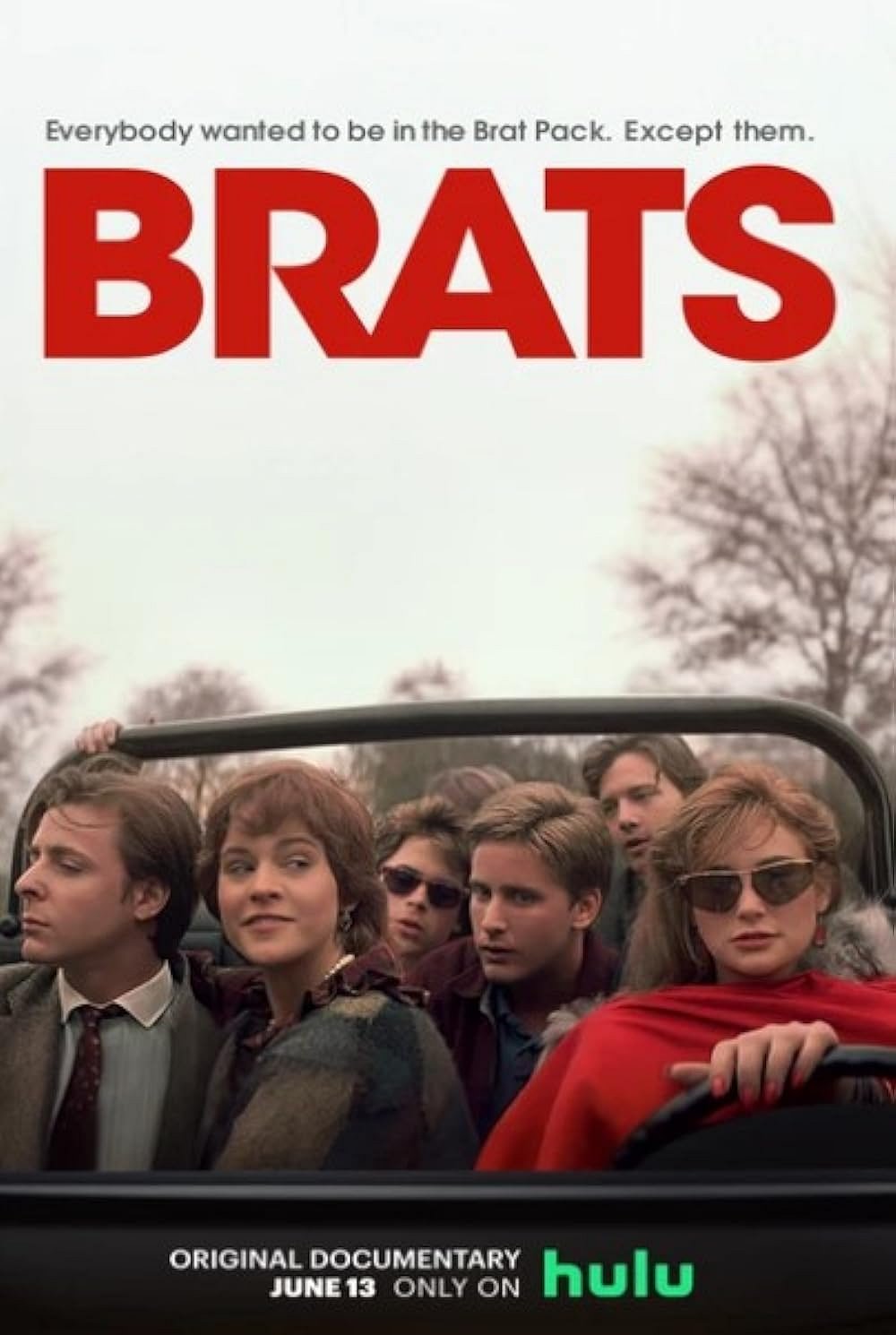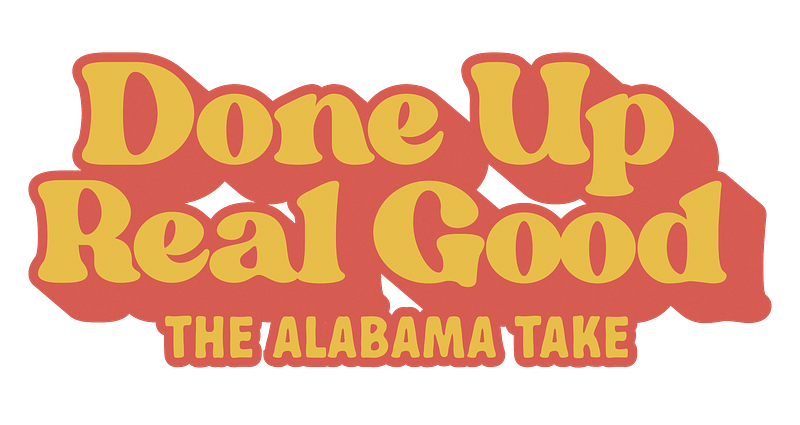
It’s summer break and I’m sitting on the couch talking to my 17 year old son about generational differences, as one does. Even though we discuss this subject often, nothing has sparked this level of analysis as the film I have just finished watching, Andrew McCarthy’s documentary Brats streaming now on Hulu. This in-depth look at the 80s icons of the Brat Pack dropped this morning and to say it was much anticipated by Gen X-ers is an understatement. My friends around my age have been watching and rewatching the trailer looking forward to this primarily, I think, because so few people actually focus attention on the culture of the 80s to such a degree, which just underscores the love/hate relationship Gen X-ers have with feeling ignored. It has often been said that Gen Z and Millennials spend a great deal of time hating on Boomers, while Gen X flies under the radar, a reality with which we are perfectly content. We were latch-key kids, roaming feral without cell phones or Life360, blissfully left to our own devices, which basically describes us in middle age. Leave us alone with our culture and our cynicism. We, by and large, like being the neglected middle child, and if it wouldn’t draw so much attention to ourselves, we would loudly boast about the freedom it affords us to sit in the corner unbothered with The Cure streaming stations and our “recommended for you” 80’s teen angst films.
To view Andrew McCarthy’s bit of Gen-X navel gazing, I felt I needed to do some homework. So I listened to the audiobook of McCarthy’s 2021 autobiography Brat (singular), which I now feel should be mandatory companion reading. I also watched St. Elmo’s Fire, which is the movie pictured in the thumbnail image for the Brats documentary, portraying the stars Ally Sheedy, Judd Nelson, Rob Lowe, Emilio Estevez, Demi Moore, Mare Winningham, and the aforementioned McCarthy, youthful, in a car, figuring it all out.

Unlike some of the other movies from this era, I had not seen St. Elmo's Fire in over thirty years, enough time to give me perspective and also to be smacked in the face with nostalgia. I made my son watch it with me, a surefire way to view any nearly forty-year-old piece of media through a modern lens and wonder if this warm feeling of nostalgia is entirely justified. Spoiler alert: It isn’t. Like a lot of 80s teen movies, it does not hold up over time. No male character is likable, and themes such as stalking and sexual assault are treated casually and humorously, which takes away from the intended purpose of the film, to portray the disillusionment and dissolution of a group of recent college graduates. Unlike The Breakfast Club, no one is relating to this film anymore.
As I pressed play on Brats, I thought my son might be interested in gaining insight into this culture that was ingrained in my very DNA. Surely he would want to know the heritage of his most beloved mother. However, after a few minutes, he quickly retreated into YouTube as he said to me, “I have no investment in this, but I love that for you.” Clearly, I was on my own, but I soon found my homework had paid off as I came at this documentary understanding the person McCarthy was during his heyday: an aloof, insecure, naive, alcoholic with poor taste in scripts as he parlayed his beloved heartthrob image into films like Weekend at Bernie’s (I and II). The documentary explores the term “Brat Pack,” its inception and effect on the young people it described, why they were portrayed as brats in the first place, and if the moniker held up over time. McCarthy, aged 59 at the time of this project, having dealt with his demons, has found a successful career in directing and the writing of several books and travel essays, and truly digs into past hurts and relationships that he has not explored in decades. In his unique position as a member of said pack, he was able to use his influence and contacts to obtain interviews with key actors as well as pop culture scholars, writers, directors, managers, and even a chat with Malcolm Gladwell about the significance of this cultural phenomenon. It is important to note something that surprised me when I read his autobiography, McCarthy was not actually in many films of this era. His two biggest films Pretty in Pink and St. Elmo’s Fire, two of his three or four examples teens truly identified with, cemented him as a swoon-worthy sensitive romantic lead before the Brat Pack label essentially led to the group’s demise. When the Brat Pack label was coined in the title of a New York Magazine article about Emilio Estevez and adjacent stars in 1985, everything changed for this undefined group of young actors. Afraid of being linked together under this denigrating label, which made them seem spoiled and immature, the stars refused to perform in any more movies together for fear of perpetuating these stereotypes and, indeed, didn’t even want to be seen hanging out with one another. That is how a label meant to unite them in the public eye only resulted in their complete fragmentation and isolation from one another.
Still, it’s important to acknowledge that the source of the label’s popularity in the first place can most likely be traced to resentment, and perhaps even jealousy, from the Old Hollywood film industry, which found itself undermined and rendered obsolete by a wave of films created for young people. By referring to the Rat Pack of the 1950s, the old guard tried to cleverly jab at the young upstarts by showing how different they were from the “cool cats” of their namesake. How dare those insufferable brats usurp the throne? In short, Boomers have been ruining everything for young people for a very long time. As the genre of adolescent film proliferated, many young actors could therefore arguably be assigned to the Brat Pack (and this is where my son’s eyes started to glaze over). While I’m not sure it even matters – but indulge me for a moment – I wanted to define this group by recalling the individuals who starred in all the movies of my youth, including some of the cast of The Outsiders, (Estevez, Lowe, but not Matt Dillon, Ralph Macchio, Tom Cruise, C. Thomas Howell, or Patrick Swayze), stars of Sixteen Candles (Molly Ringwald and Anthony Michael Hall), Pretty and Pink, (McCarthy, Ringwald, and James Spader but not Jon Cryer), and Brat Pack adjacent actors from Ferris Bueller's Day Off (Matthew Broderick) and Back to the Future (Michael J. Fox and Lea Thompson but not Crispen Glover). As McCarthy asks the interviewees their definition of the Brat Pack, it differs slightly, but one thing they can all agree on is the lingering effects the label had on their careers. That some of them had popularity that extended beyond the 80s should be applauded because being young and foolish, not many of them made wise career decisions, while some opted to leave the industry altogether. Though time and the establishment torpedoed their life's work, a handful of their films from this era remain beloved and timeless, watched, rewatched, and appreciated by the children of Gen X and beyond.
It is important to remember that the Brat Pack’s influence cannot be overstated. Even if you feel McCarthy is being self-indulgent, he is undeniably right to underscore the major impact these teen films had on the film industry and culture as a whole. The love for them was ubiquitous. As the film asserts, if 100 people were gathered in a room in the 80s, 90 of them would have seen or at least known about Pretty in Pink. Sources of media were so concentrated then that if it could not be found in the local Blockbuster, it could not be seen, meaning young adults had a narrow selection of movies from which to choose. Now, if you get 100 Gen Z kids in a room, the chance that 10 of them have any media in common at all is remarkable. Gen Z and our internet culture remain so fractured now, that nothing like the Brat Pack could exist today. Furthermore, its legacy lives on in nearly everything aimed at anyone under 40. Films like Mean Girls and 10 Things I Hate About You, TV shows like Buffy the Vampire Slayer and Riverdale, and even networks like the CW could not exist had the Brat Pack not paved the way.

In twenty years, Gen Z will be making documentaries about their favorite YouTubers and podcasters, and hopefully giving credit to their forefathers and mothers who asserted the right of young people to have their own culture and films that spoke to them. Though the Brat Pack’s oeuvre represents primarily white, suburban, dispossessed youth, the filmmakers did address class issues, while largely ignoring race. Were these films to be made today, they would look much different, reflecting the multiplicity of voices and incredible sensitivity that define Gen Z, a credit to its name. Though my son may not be interested in watching a Brat Pack documentary or many movies of the era, he does appreciate, for example, Ferris Bueller's Day Off, which has aged like fine wine. In all forms of 80’s media, Gex X is happy to share, but content to enjoy alone.
It’s not as if we’re used to the attention anyway.





